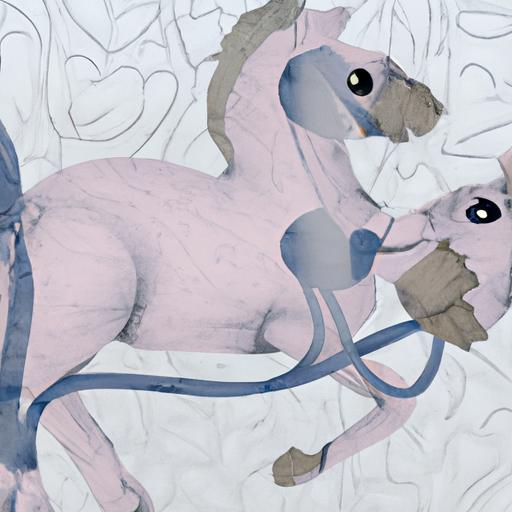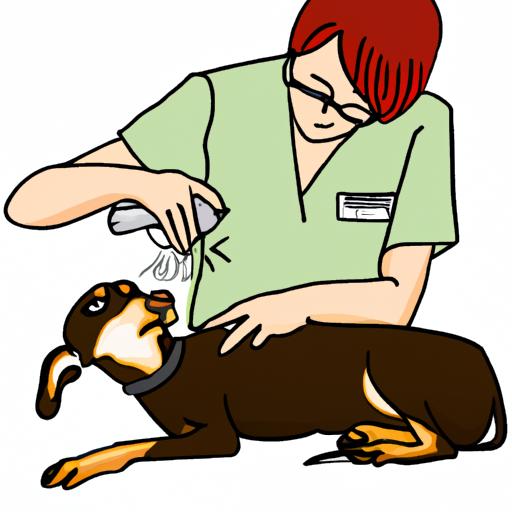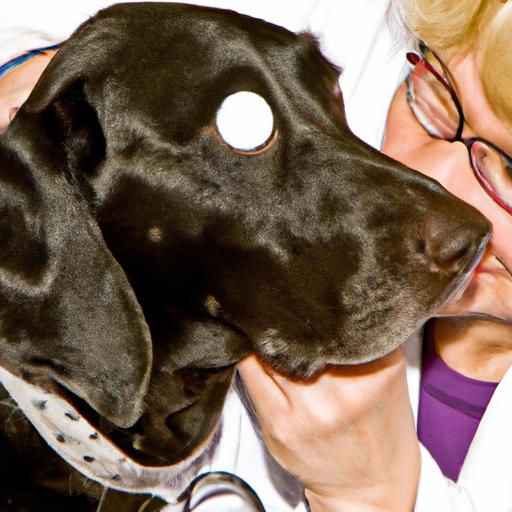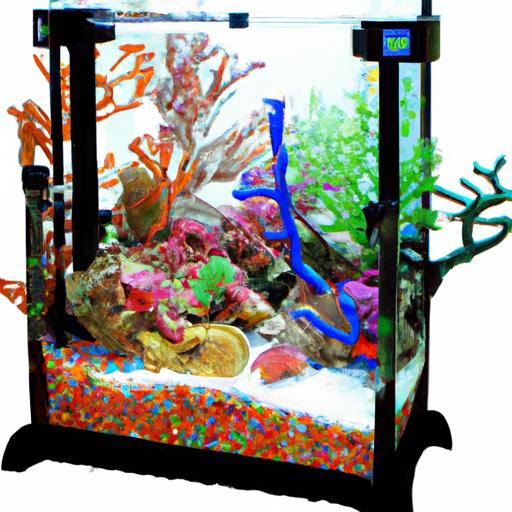
Canine Intestinal Lymphangiectasia: Managing Digestive Disorders
Learn effective strategies for managing digestive disorders in dogs, specifically Canine Intestinal Lymphangiectasia. Discover the role of diet and treatment options.
Introduction
Welcome to a comprehensive guide on managing digestive disorders in dogs, with a specific focus on a condition called Canine Intestinal Lymphangiectasia. This article aims to provide you with valuable insights into understanding this condition, its impact on digestive health, effective diagnosis and treatment approaches, and the role of diet in managing canine intestinal lymphangiectasia. Let’s dive in!
FAQ: Frequently Asked Questions about Canine Intestinal Lymphangiectasia
What is canine intestinal lymphangiectasia?
Canine Intestinal Lymphangiectasia is a digestive disorder characterized by the dilation and dysfunction of the lymphatic vessels in a dog’s intestines. This condition hinders the proper absorption of nutrients, leading to deficiencies and various gastrointestinal symptoms.
What are the common symptoms and causes of this condition?
Symptoms of canine intestinal lymphangiectasia may include chronic diarrhea, weight loss, vomiting, abdominal discomfort, and decreased appetite. The exact causes are not fully understood, but it can be idiopathic or secondary to other underlying conditions such as inflammatory bowel disease or lymphoma.
How is canine intestinal lymphangiectasia diagnosed?
Accurate diagnosis of this condition is crucial for effective management. Veterinary professionals employ various diagnostic tests such as blood work, fecal analysis, imaging techniques like ultrasound, and intestinal biopsies to confirm the presence of canine intestinal lymphangiectasia.
What are the available treatment options for managing this digestive disorder?
Treatment for canine intestinal lymphangiectasia typically involves a multifaceted approach. Medications such as immunosuppressants, antibiotics, and supplements may be prescribed to manage symptoms and promote intestinal healing. Dietary modifications play a crucial role in managing this condition, which we will explore in detail later.
How can diet and nutrition play a role in managing canine intestinal lymphangiectasia?
Dietary management is essential for dogs with intestinal lymphangiectasia. A low-fat, highly digestible diet that is rich in easily absorbable nutrients and limited in certain types of proteins is often recommended. Additionally, supplements like medium-chain triglycerides (MCTs) and fat-soluble vitamins may be incorporated to support overall nutritional needs.
Are there any long-term complications associated with this condition?
While the severity of canine intestinal lymphangiectasia can vary, long-term complications may arise if the condition is not managed effectively. These complications include malnutrition, secondary infections, and a reduced quality of life for the affected dog.
Can canine intestinal lymphangiectasia be prevented?
Unfortunately, there is no known method for preventing canine intestinal lymphangiectasia. However, early detection, prompt treatment, and ongoing management can significantly improve the prognosis and help dogs lead a better life.
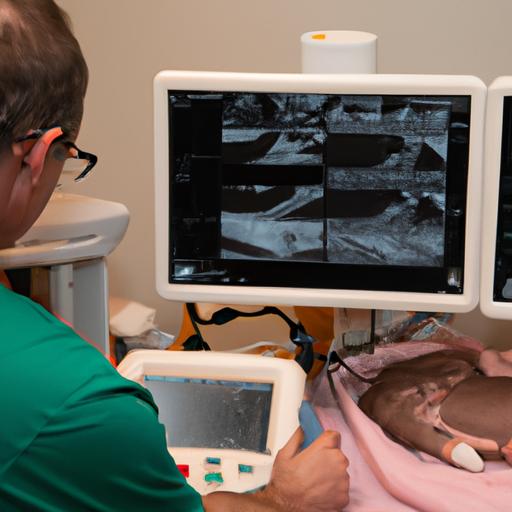
Effective Diagnosis and Treatment Approaches for Canine Intestinal Lymphangiectasia
Early and accurate diagnosis is crucial for managing canine intestinal lymphangiectasia effectively. Here are the key approaches used by veterinary professionals:
1. Diagnostic tests commonly used to confirm canine intestinal lymphangiectasia
- Blood work: Analyzing blood samples can provide valuable insights into a dog’s overall health, including potential signs of inflammation or nutrient deficiencies.
- Fecal analysis: Examination of fecal samples helps identify any underlying infections or parasites that may contribute to the symptoms.
- Imaging techniques: Ultrasound and other imaging methods allow veterinarians to visualize the intestines and lymphatic vessels, aiding in the diagnosis of lymphangiectasia.
- Intestinal biopsies: Tissue samples obtained through biopsies help confirm the presence of lymphangiectasia and determine the severity of the condition.
2. Medications and therapies used in the treatment of this digestive disorder
- Immunosuppressants: These medications help reduce inflammation and alleviate symptoms associated with canine intestinal lymphangiectasia.
- Antibiotics: Antibiotics may be prescribed to control secondary bacterial infections that can arise due to the compromised intestinal function.
- Nutritional supplements: Essential nutrients, such as fat-soluble vitamins and MCTs, are often recommended to support the dog’s overall health and compensate for any malabsorption issues.
3. Role of dietary management and nutrition in maintaining digestive health
- Low-fat diet: Dogs with intestinal lymphangiectasia benefit from a low-fat diet to minimize the workload on the compromised digestive system.
- Highly digestible food: Easily digestible ingredients ensure that the nutrients are readily absorbed, reducing the strain on the intestines.
- Protein restrictions: Limiting certain types of proteins, such as dietary allergens, can help manage inflammation and reduce the risk of adverse reactions.
- Nutritional balance: Ensuring the diet contains adequate amounts of essential nutrients, vitamins, and minerals is vital for overall health and wellbeing.
4. Tips for effectively managing symptoms and improving a dog’s quality of life
- Consistency: Maintaining a consistent feeding schedule and avoiding sudden dietary changes can help minimize digestive disruptions.
- Monitoring and adjusting: Regular monitoring of the dog’s weight, body condition, and overall health allows for adjustments in the treatment plan if necessary.
- Veterinary guidance: Seeking professional veterinary advice and regular check-ups are crucial for long-term management and to address any concerns promptly.
Conclusion
In conclusion, managing canine intestinal lymphangiectasia requires a comprehensive approach involving accurate diagnosis, appropriate medical treatment, and targeted dietary management. By understanding the symptoms, causes, and available treatment options, pet owners can play a crucial role in improving their dog’s quality of life. If your dog exhibits any concerning symptoms, consult a veterinarian for a thorough evaluation and guidance on managing this digestive disorder. Remember, with proper care and attention, dogs with intestinal lymphangiectasia can lead happy and healthy lives.

